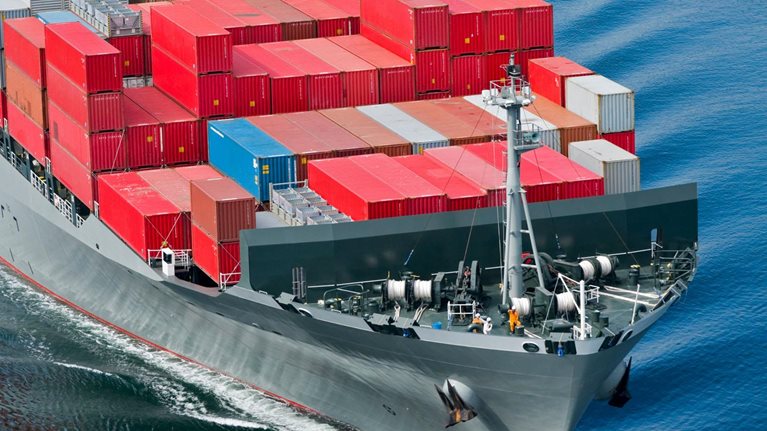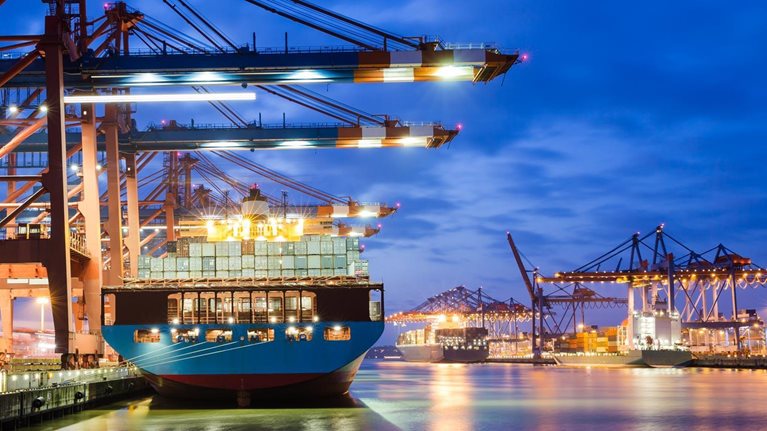Container transport is the lifeblood of global trade. Simple, modular, and ubiquitous, containers carry almost a quarter of all dry seaborne trade by weight, and virtually 100 percent of everyday goods such as televisions, toys, and clothing. They enable door-to-door movement of cargo by trucks, trains, ships, and ports—and have made transport cheaper and easier than ever, to the enormous benefit of consumers.
This will not change—millions of containers will continue to move around the world—but the industry behind container transport has its fair share of challenges. Currently, it is financially precarious. Only a few players have found a recipe for sustained value creation.
On top of its inherent financial pressures, the industry is also feeling a range of disruptive external forces like automation, digitization, and a shifting global economic and political landscape. There is great uncertainty about where value will be created in future—will it be through scale, flexibility, value-chain integration, productivity, more predictable supply chains, environmental performance, or something else?
To help navigate the changes ahead, TT Club and McKinsey undertook a joint research project. In our report, Brave new world? Container transport in 2043, we imagine four possible versions of the future, built on different answers to some of the uncertainties, and ask what they mean for the industry:
- Digital disruption depicts a world in which new entrants—start-ups and e-commerce firms—use digital technology, data, and analytics to optimize the end-to-end value chain, disrupting the incumbents.
- Digital reinvention also envisages the transformation of the industry by digital innovation, but aggressively led by the current players. In this future, incumbents successfully transform to bring new value-adding services to their customers.
- The third wave of globalization foresees a world of continuing rapid trade growth. It assumes that rising economies, such as India and Africa, realize their manufacturing and export potential, with global supply chains smoothed by digital advances.
- “Peak container” and consolidation depicts a darker trade story. It imagines a future of trade wars, geopolitical tensions, and “near-shoring,” in which international trade is in decline. The industry is forced to consolidate.
Preparing in detail for such contrasting outcomes would tax even the nimblest of companies. But those in the industry can still act now to give themselves the flexibility to stay ahead of change whatever direction the future takes.
For example, they should pay close attention to the changing dynamics around end-consumers, whose expectations and demands are being radically reshaped as e-commerce disrupts retail and last-mile logistics. They should build the organizational discipline to monitor the “trigger points” behind different futures. And of course, they must not delay in radically digitizing and automating. These are no-regret moves that will serve players well however the future unfolds.
Download the full report, Brave new world? Container transport in 2043 (PDF—6.5MB), to explore in more detail the possible futures for the industry and how to prepare for them.


